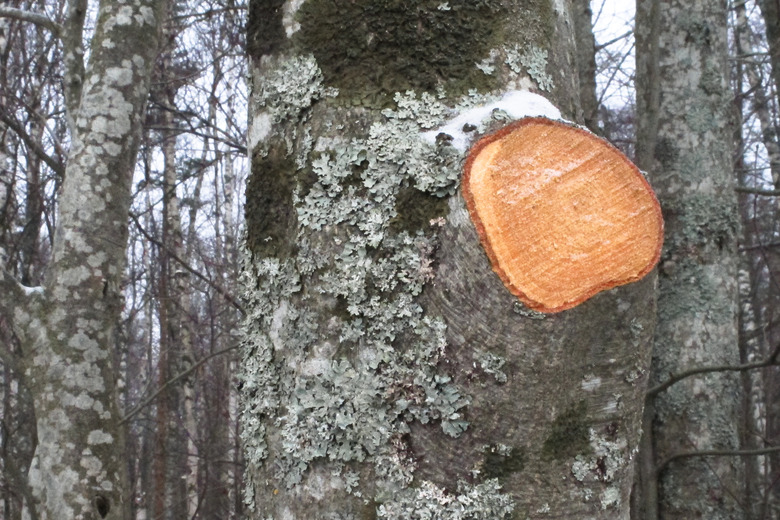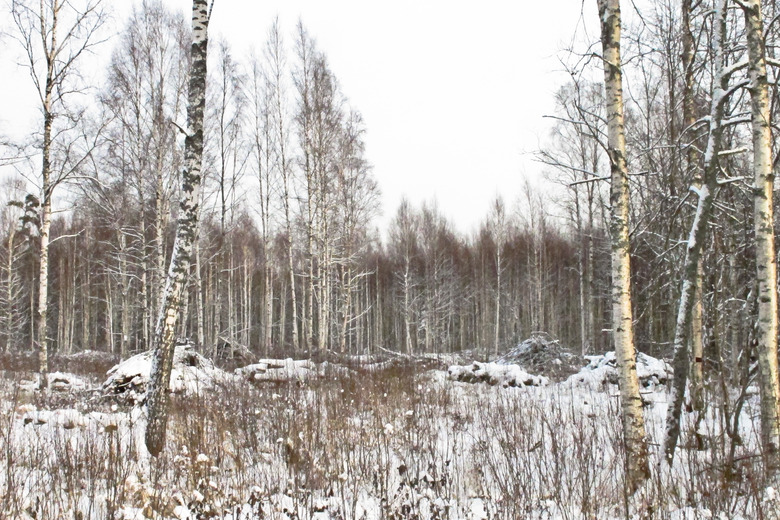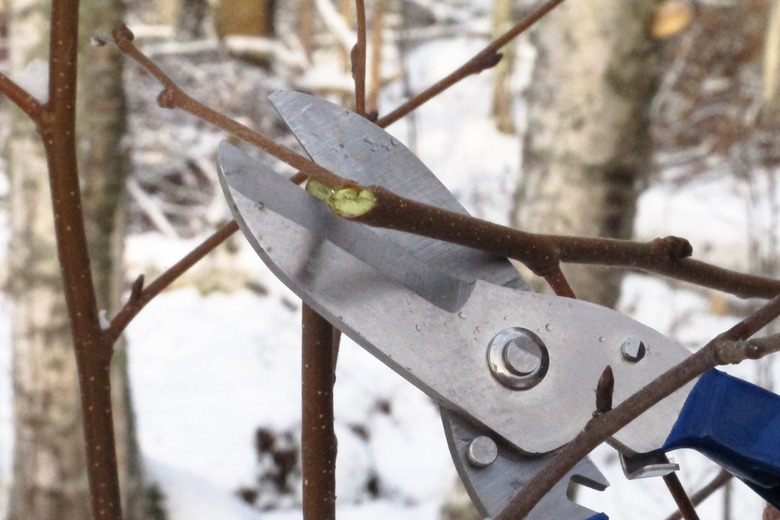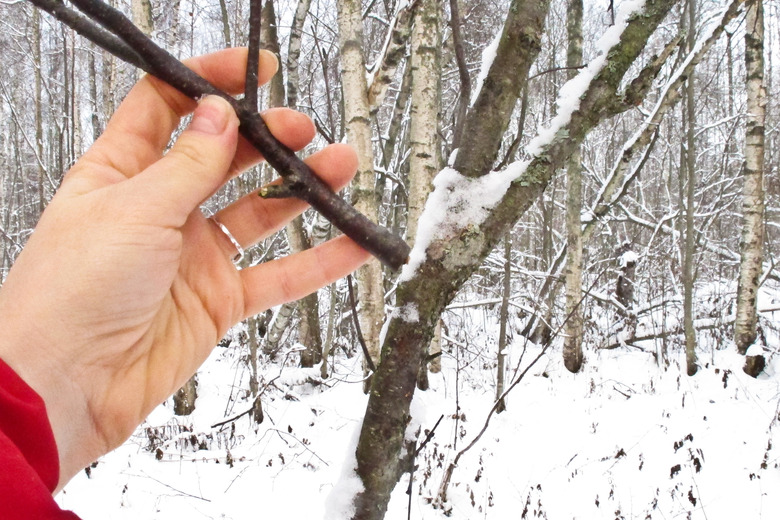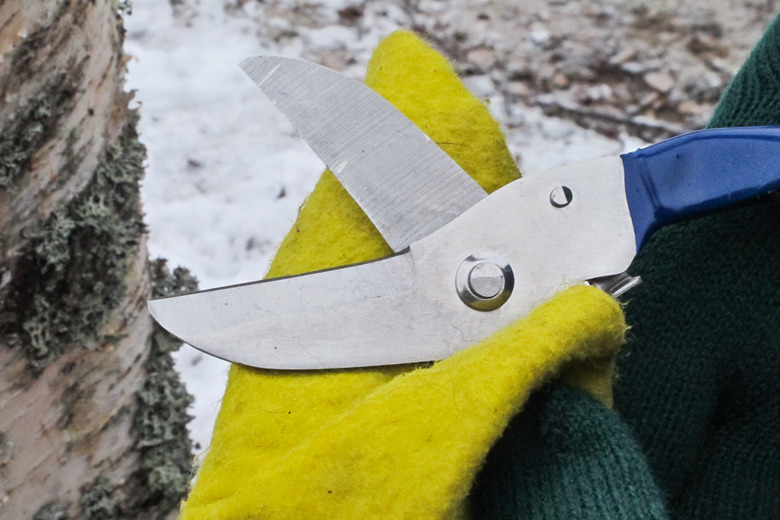How To Prune Aspen Trees
The aspen (Populus tremuloides) is an attractive shade tree that's sometimes called the quaking aspen because its delicate leaves flutter and "quake" in the slightest breeze. It's a native American tree that grows in U.S. Department of Agriculture plant hardiness zones 1 through 6. Although it's generally easy to grow, this tree can benefit from pruning at any stage of its life.
The Best Time
The Best Time
Although you can trim back an aspen tree at any time, some times are better than others. It's safest to prune when the tree's dormant, so do major pruning during winter whenever possible, or in early spring before buds swell and put out new leaves. If you prune in late winter or early spring, the tree exudes sap at the fresh cuts, which can be messy. It doesn't harm the tree, and sap will stop leaking on its own in a few days. You can also prune in spring after growth starts, but bark is tender at this time of year so be careful not to damage uncut areas. If you must prune in summer, cut branches might die back a bit, but you can help prevent this by wrapping cut surfaces in white plastic sheeting.
Training a Young Tree
Training a Young Tree
The aspen is a fast-growing tree that adds 2 feet or more to its height each year and becomes 20 to 50 feet tall when mature. If your tree is young, pruning can help it develop a shape that suits its location. For example, if it's in an area prone to foot traffic, removing lower branches from its trunk helps give clearance for those walking under the tree. It's also a good idea to watch for new branches that cross and rub on each other. Remove one of these crossing branches to prevent disease organisms from entering the tree through damaged bark.
Trimming a Mature Tree
Trimming a Mature Tree
The aspen tree usually develops a pleasing shape without major pruning, but it's important to remove branches that become diseased, broken or damaged, or any that have make narrow angles where they come off a larger branch, called a weak crotch. You can also thin the tree's crown to lessen the shade it casts, but do this gradually, removing only a few branches each year, to avoid compromising the tree's health. You can influence the direction of new growth by cutting a branch off just in front of a dormant bud that points in the direction where you want new shoots to develop. For example, if you'd like the tree to develop a wider spread, prune back branches in the tree's canopy to buds that face outwards — these buds eventually produce new growth that points outwards, widening the tree.
Making Pruning Cuts
Making Pruning Cuts
To prune an aspen tree, always use a tool that's suited for the job, and disinfect your cutting blade by wiping it with rubbing alcohol to avoid spreading plant disease. For branches up to 1/4 inch in diameter, use hand shears, but larger branches up to 1 inch wide require stronger, lopping shears. For even larger branches, choose a pruning saw, using one mounted on a pole to cut branches beyond arm's reach. Make slanted cuts about 1/4 inch above or ahead of an active bud or side branch on smaller branches. On larger branches, cut far enough along the branch to avoid cutting into the branch collar, which is the area at the base of the branch where it joins the trunk. To prune away a branch more than 1 inch in diameter, avoid tears to the remaining bark by making two cuts, the first upward and halfway through the underside of the branch, and the second downwards through its upper side about 2 inches farther out.
References
- Missouri Botanical Garden: Populus Tremuloides
- Colorado State University Extension: Pruning Shade Trees
- Arbor Day Foundation: Aspen, Quaking — Populus Tremuloides
- Arbor Day Foundation: About Growth Rate
- Purdue University Cooperative Extension Service: Pruning Ornamental Trees and Shrubs
- Utah State University Cooperative Extension: Pruning Landscape Trees — An Overview
